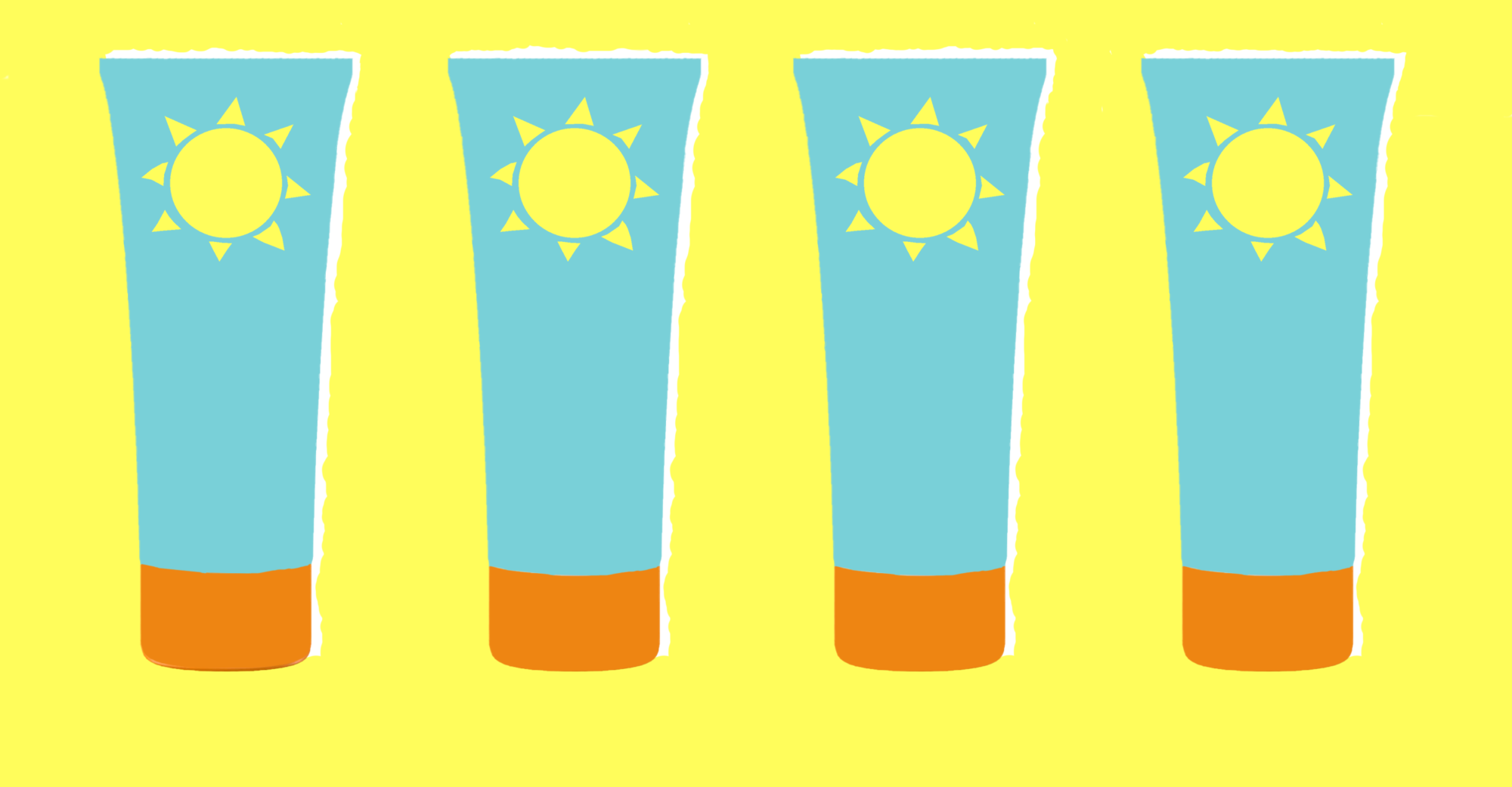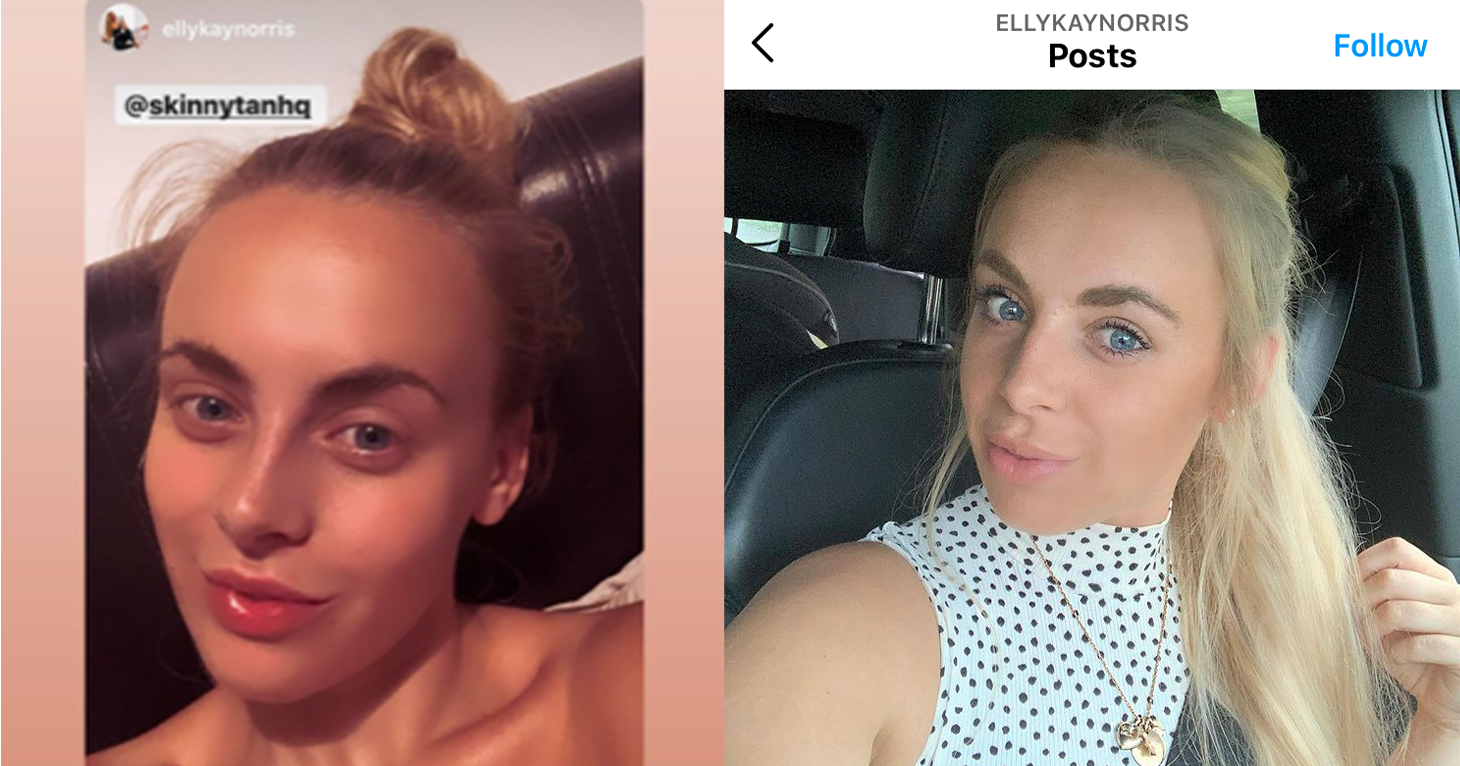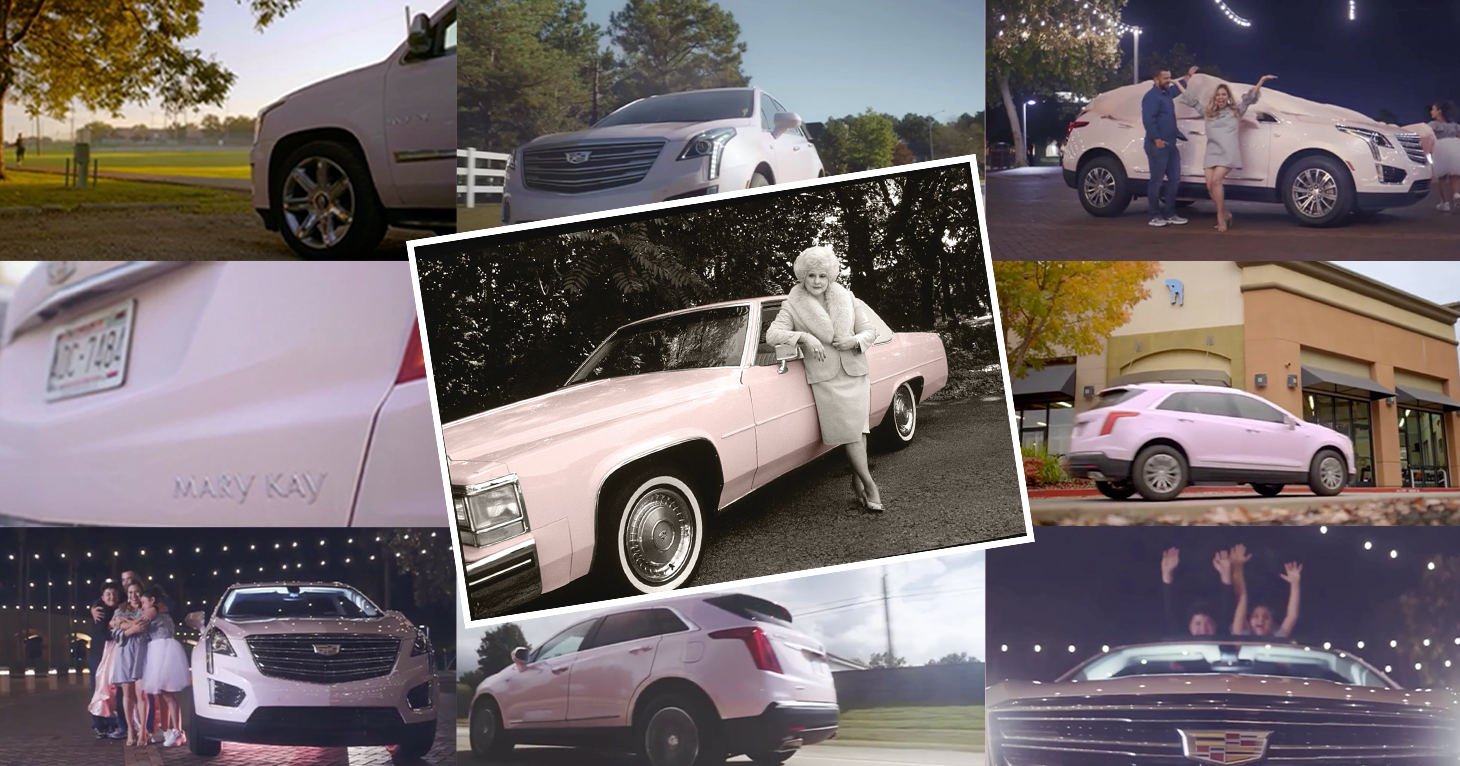
CATrends: Benzene in Sunscreen Products
Lawsuits allege labeling fails to disclose sunscreen products contain carcinogen.
Agency gives L'Oréal a get-out-of-jail-free pass with deceptive advertising settlement.
The FTC has opted not to heed requests by TINA.org and dozens of consumers to revise the proposed settlement terms with L’Oréal over allegations of deceptive advertising and require the cosmetics giant to refund money to consumers who spent upwards of $100 for skincare products that promised to help them “grow young.”
L’Oréal made well over $1 billion in net sales from Lancôme Gènifique and L’Oréal Paris Youth Code, advertising that the products could manipulate genes in the skin to reduce signs of aging. Yet, it had no substantial proof. The penalty? Only that it promises not to do it again. (The company has made similar promises before.)
While the FTC said its settlement with L’Oréal sends a clear message that companies can’t make scientific claims without the proper scientific studies to back them up, TINA.org objected to it because we think it sends a clear message to the cosmetics industry and consumers that deceptive marketing is a profitable option here in the U.S. Responding to TINA.org’s objection, the FTC explained that:
The Commission has determined that the conduct relief obtained by the order will serve to remedy the alleged violations of the FTC Act by L’Oréal and deter future violations. In addition, L’Oréal will be subject to the Commission’s final order for twenty years and liable for civil penalties of up to $16,000 per violation should it violate that order.
Bonnie Patten, TINA.org’s executive director said in response:
Given L’Oréal’s history of deceptive advertising, there appears to be no justifiable evidence to support the FTC’s contention that this get-out-of-jail-free settlement will deter the company from misleading consumers in the future. Consumers must remain ever vigilant when faced with skin care marketing claims.
Consumer Comments to Proposed Settlement
The FTC received about three-dozen comments on the proposed July settlement with L’Oréal.
One consumer wrote:
I find this settlement disturbingly in favor of a corporate entity that willfully and purposefully deceived their customers. Even if jail time [for] the executives seems harsh, I feel every single person who purchases this product should be given the opportunity to have a full refund.
Another said:
I believe that any corporation that profits from deceptive practices should be PENALIZED, not REWARDED. Take a major share of their ill-gotten profits away from them!!! (Is this principal so hard to understand???)
A Pennsylvania consumer listed as Jasiewicz was even more outraged:
I would like to come over to the FTC and rob $500,000. I’m prepared to be reprimanded by your stating I should not do this anymore. Can I come over now.
Not L’Oréal’s First Time
L’Oréal has faced numerous class action lawsuits and regulatory action both here and overseas over misleading ads.
Let’s review (just a few):
And on it goes.
We at TINA.org are feeling a little like Bob Dylan these days when he crooned this line from “Blowing in the Wind”- Yes, ‘n’ how many times can a man turn his head, pretending he just doesn’t see.
How many times can L’Oréal try to pull one over on consumers advertising cosmetic products – some quite costly – that promise all sorts of miracles?
Apparently many.
Lawsuits allege labeling fails to disclose sunscreen products contain carcinogen.
Instagram stories used filters that ASA said misleadingly exaggerated results tanning products could achieve.
The pink Cadillac is just one of many things top-selling distributors tout but few distributors achieve.

